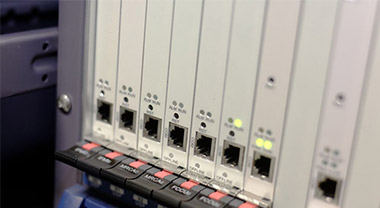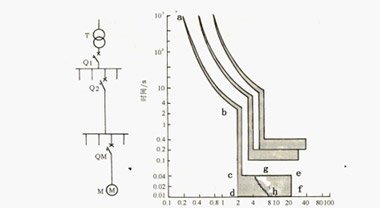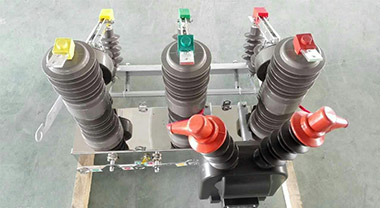The meaning of "P" in miniature circuit breaker model
Miniature circuit breakers are the most widely used terminal protection equipment in building electrical terminal power distribution devices. They are suitable for single-phase and three-phase short-circuit, overload, and overvoltage protections below 125A, including single-pole 1P and two-pole 2P , Three-pole 3P, Four-pole 4P, etc. So what is the difference between unipolar 1P, 2P 2P, 3P 3P, and 4P 4P? What are their respective roles?
What does the P mean behind 1P, 2P, etc. on the miniature circuit breaker? In fact, P stands for pole, which can be easily understood as the number of phases of the power supply line. The more the number of poles, the larger the space occupied. Under normal circumstances, the width of 1P circuit breaker is 18mm, then 2P is 2*18=36mm. The size is shown in Figure 1. P stands for poles, which actually means the number of wires. , 1P port can only be connected to one line, 1P N and 2P can be connected to two lines, and so on.

Figure 1: 1P size
The working principle of the miniature circuit breaker: The miniature circuit breaker is composed of an operating mechanism, contacts, protection devices (various trips), and arc extinguishing system, as shown in Figure 2. The main contact is manually operated or electrically closed. After the main contact is closed, the free trip mechanism locks the main contact at the closing position. The coil of the overcurrent release and the thermal element of the thermal release are connected in series with the main circuit, and the coil of the undervoltage release is connected in parallel with the power supply. When the circuit is short-circuited or severely overloaded, the armature of the overcurrent release pulls in, causing the free tripping mechanism to act, and the main contact disconnects the main circuit. When the circuit is overloaded, the heating element of the thermal trip unit will bend the bimetal and push the free trip mechanism to move. When the circuit is under-voltage, the armature of the under-voltage release is released, which also makes the free trip mechanism act.

Figure 2: Internal structure of 1P circuit breaker
The difference between 1P circuit breaker, 1P N circuit breaker and 2P circuit breaker, and 3P circuit breaker: 1P circuit breaker: Only one wire can be connected, usually a live wire, then the neutral wire of the other wire can only be led out from the neutral terminal block. The 1P circuit breaker is only connected to the live wire, so only the live wire can be detected. 1P N and 2P circuit breakers: Since these two circuit breakers can be connected to two wires, the 1P N circuit breaker and 2P circuit breaker can control the neutral wire and the live wire at the same time, so that the on and off of the neutral wire can be synchronized. However, although the 1P N circuit breaker is connected to the zero live wire at the same time, it can still only detect the live wire, and the protection effect is the same as that of the 1P circuit breaker. The 2P circuit breaker can detect two wires at the same time and protect both wires at the same time. 3P circuit breaker: 3P circuit breaker is used for pure three-phase circuit, and its principle is the same as 2P circuit breaker.
In daily use, we need to pay attention to: 1. We must use 2P air switch for the main switch; 2. It is recommended that you use 1P N air switch for the lighting circuit switch; 3. It is recommended that you use 2P for the circuit switches of all other sockets. The leakage protector with leakage protection function, this is very necessary, and the 1P leakage protector with leakage protection function should be selected last.




